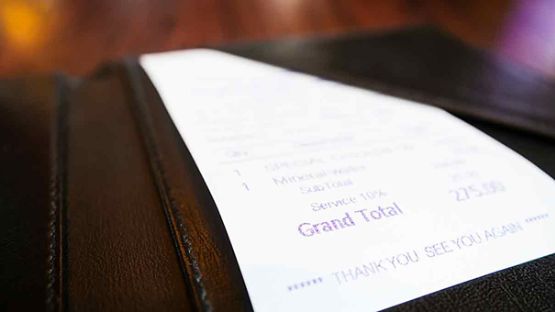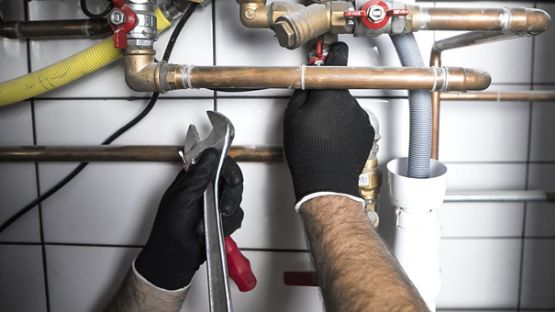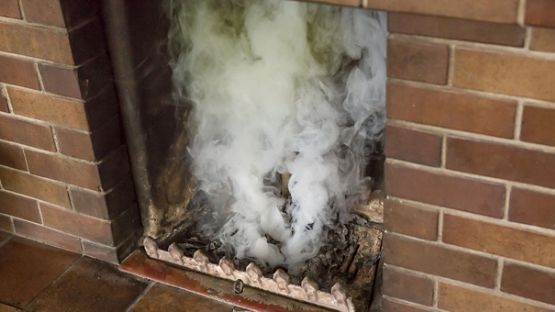When it comes to home insurance in Canada, accurately valuing your house is important for ensuring you have the right coverage. Understanding how to value your home properly can help you avoid potential issues with your insurance company and ensure you’re not left underinsured or overinsured.
In this guide, we'll explore how to determine the replacement cost of your home and how it differs from market value, helping you make informed decisions about your home insurance policy.
Key takeaways
- Insurance only covers your home’s rebuild cost up to the insured value and not a home’s market value.
- When determining your home's replacement value, consider factors such as square footage, home features, renovations, location and labour costs. Accurate valuation includes both the structure and contents of your home.
- Ensure you’re not underinsured by avoiding mistakes like relying solely on market value, forgetting to include external structures and contents or not updating your insurance after renovations. Regularly review your coverage to maintain proper protection.
Replacement cost versus market value
It’s important to distinguish between replacement cost and market value to understand how to value a house for insurance.
Replacement cost refers to the amount needed to completely rebuild or repair your home using materials similar to those damaged or destroyed from a covered claim. This figure is important for determining home insurance premiums because it reflects the true cost of replacing your home in the event of a loss.
Insurance companies determine this rate using various tools, including data from third-party sources and advice from professional appraisers or contractors. They focus on replacement value rather than market value because it includes factors like home improvements that might not be reflected in the real estate market.
On the other hand, fair market value is what the home will sell for. Actual cash value refers to insurance payouts that factor in depreciation. Replacement cost does not consider depreciation or current value of the land.
As a final note – not all customers will qualify for guaranteed replacement so be sure to speak to your insurance representative to ensure you have the right coverage.
Six factors that affect replacement value
Several factors can influence the replacement cost of your home. Understanding these can help you get an accurate assessment and avoid issues with underinsurance.
- Square footage: The larger your home, the more it will cost to replace due to increased construction materials and labour costs.
- Home features: The number of floors, kitchens, bathrooms and other features impact the replacement cost. High-end finishes or additional structures like pools and garages also affect the overall rebuild cost.
- Renovations and additions: Major renovations or upgrades, such as installing new countertops or metal roofing, increase your home’s replacement value. Ensure your insurance representative is informed before, during and after the renovations of these changes to reflect them in your home insurance policy.
- Location: Costs vary by region. For example, labour costs and material availability can differ between urban and rural areas, affecting your home’s replacement value. Coastal areas might require specific materials to withstand harsh weather conditions.
- Cost of labour: The availability and cost of skilled workers in your area can impact your home’s replacement value. Labour shortages can drive up construction costs.
- Age of the home: Older homes may have unique features or custom materials that are expensive to replicate today, impacting their replacement cost.
How to accurately value your home for insurance
To ensure your home is properly valued for insurance, consider the following steps:
- Work with your insurance representative: Collaborate with your insurance representative to get an accurate valuation. They can offer insights into how different factors impact your replacement cost and suggest appropriate coverage options.
- Get a professional appraisal: Hiring a professional appraiser can provide an accurate valuation based on current construction costs and other factors. This can help ensure you have adequate protection.
- Use online valuation tools: Canadian home value estimators can provide a rough estimate of your home’s value. However, these tools can be used as a starting point only as most insurers will not accept these as an official valuation.
- Review and update regularly: Regularly updating your home’s valuation is important, especially after significant renovations or changes. This ensures your insurance coverage remains adequate and reflects the current value of your home.
The importance of being properly insured
Proper insurance coverage is important for protecting your home and belongings. Underinsuring your property can lead to financial difficulties if a claim is made and the coverage is insufficient to repair or replace your home. Conversely, overinsuring might mean paying higher premiums than necessary.
Common mistakes to avoid when valuing your home
To ensure your home is adequately protected and your insurance policy is aligned with your needs, be aware of these pitfalls. Avoiding these mistakes will help you secure the right amount of coverage without unnecessary costs:
- Relying solely on market value: Confusing market value with replacement value can lead to improper coverage. Ensure you focus on the replacement cost for accurate insurance.
- Forgetting to include external structures and home contents: Remember to factor in the cost of replacing detached structures and personal belongings. Most insurers consider these under separate limits.
- Not conducting a home inventory: Creating a detailed inventory of your home’s contents ensures you have enough coverage for personal items in case of loss.
- Underinsuring your property to save money: Opting for lower coverage to reduce premiums can backfire if a claim is filed. Avoid underinsuring your property. Instead, ensure your insurance covers the full replacement cost to avoid financial strain.
- Not updating the valuation after renovations or improvements: Major home upgrades should be reflected in your insurance policy to ensure you’re not underinsured. Some insurers may void a claim if this information is not shared with your insurer before, during and after the renovations were undertaken and completed.
Protect your home and enjoy peace of mind
Accurately valuing your home for insurance is key to ensuring you have the right coverage and avoiding potential financial issues. Regularly review and update your home’s replacement value and work with your insurance provider to maintain adequate protection.
If you have questions or need further assistance with your home insurance policy, consider consulting with your insurance representative to get the best advice tailored to your needs.













